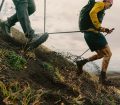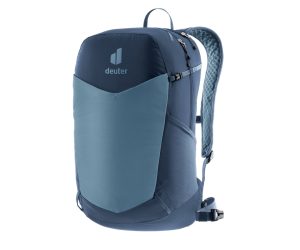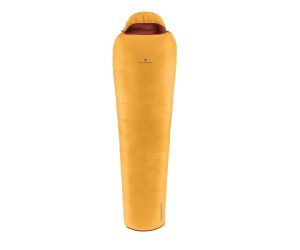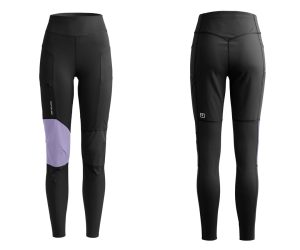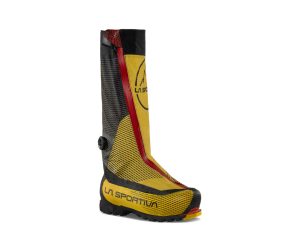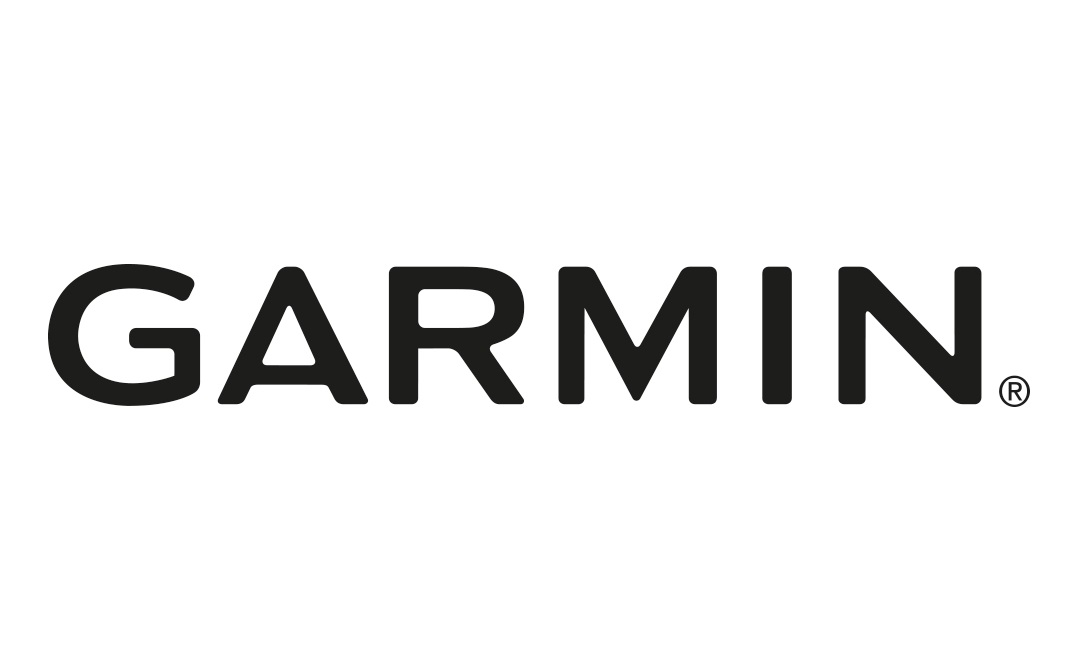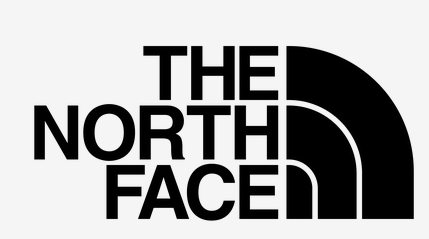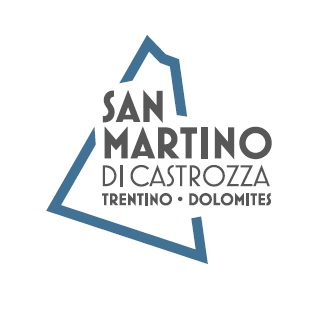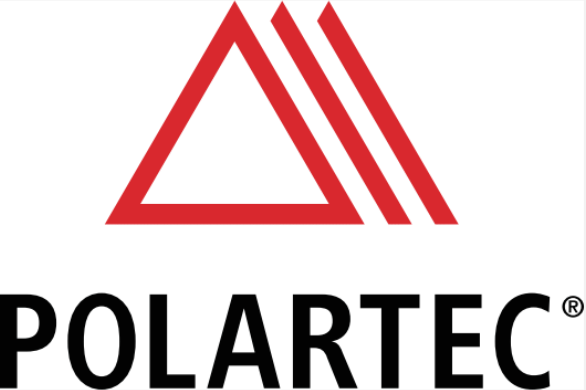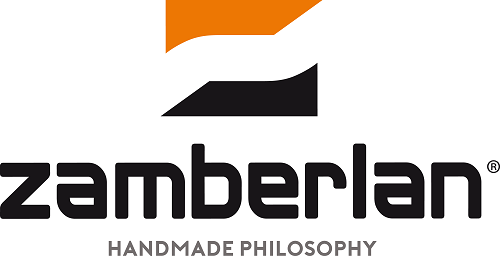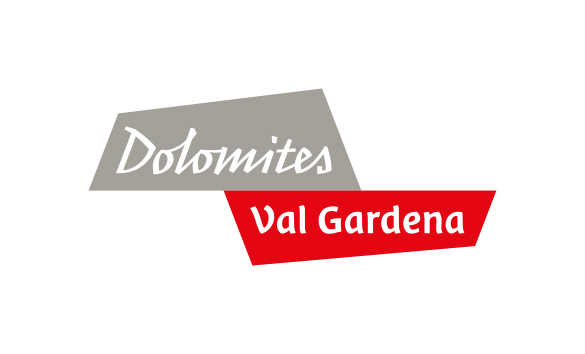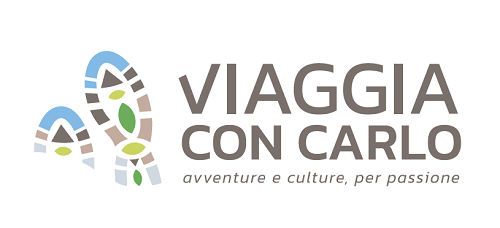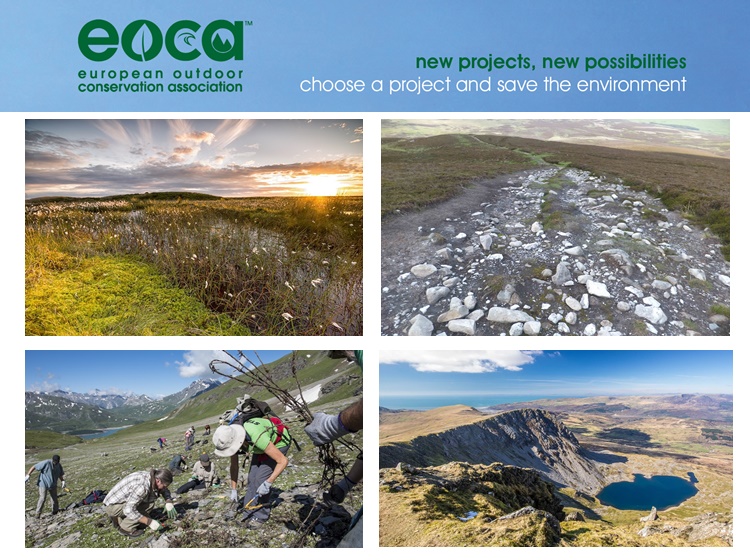
Anche quest’anno, in qualitá di media partner di EOCA (European Outdoor Conservation Association), MountainBlog è lieto di ospitare la campagna di raccolta voti finalizzata alla scelta dei migliori progetti di conservazione ambientale. Un’importante iniziativa che vi darà la possibilità di scegliere il progetto che, secondo il vostro parere, si merita di ricevere i fondi EOCA.
Di seguito trovate una lista dei migliori progetti che ora necessitano del vostro personale aiuto per aggiudicarsi fino a € 150.000 che ne permettereanno la realizzazione.
Dall’8 al 22 ottobre 2018 attraverso questa pagina, potrete leggere i quattro progetti in lista e votare il vostro preferito cliccando sul corrispondente pulsante di voto. Il progetto che raccoglierá il maggior numero di apprezzamenti si aggiudicherá i fondi necessari per mettere in moto il suo programma di recupero ambientale. Il tuo voto fará quindi la differenza!
Nel nostro piccolo, tutti possiamo contribuire alla salvaguardia del pianeta. Questo è davvero un facile, facilissimo modo per dare un apporto personale di grande, grandissimo valore! Non mancare e vota ora!
Scegli uno dei progetti elencati e, una volta fatto, accetta i Termini e Condizioni di voto alla fine della pagina. Solo a quel punto il tuo voto verrá correttamente registrato.
[toggle title_open=”Progetto 31: Restaurare i sentieri e proteggere l’habitat alpino sul Carn Liath, Scozia.” title_closed=”Progetto 31: Restaurare i sentieri e proteggere l’habitat alpino sul Carn Liath, Scozia.” hide=”yes” border=”yes” style=”default” excerpt_length=”0″ read_more_text=”Read More” read_less_text=”Read Less” include_excerpt_html=”no”] Promosso da: Montane.Organizzazione: Outdoor Access Trust for Scotland conserva e protegge il patrimonio naturale e l’ambiente incoraggiando, sviluppando ed implementando progetti di gestione degli accessi montani.
Budget: € 286,434
Totale richiesto: € 30,000
Orizzonte temporale: 16 mesi.
Obiettivi del progetto: il Beinn a’Ghlo (Cairngorms, Scozia) presenta un ambiente montano con un profilo simile a quello della tundra e con zone di neve di lunga durata. Queste caratteristiche, combinate con le ripide colline, il terreno friabile e la fragile copertura vegetale, rendono la zona montuosa particolarmente vulnerabile all’erosione causata anche solo da un numero ridotto di frequentatori.
Beinn a’Ghlo è stato designato come sito di interesse scientifico specifico, riconoscendo l’importanza dell’area per la conservazione e la fauna selvatica. Oltre alle praterie Nardus (particolarmente ricche di specie) alle sorgenti, le brughiere alpine e boreali e alle secche lande europee, in questa zona si trovano anche diverse specie di uccelli (che nidificano a terra) cinque dei quali, in via di estinzione. Uno di questi è il Chiurlo la cui presenza nel Regno Unito è diminuita del 62% negli ultimi anni. L’aumento della popolarità delle camminate in queste zone ha quindi portato allo sviluppo di percorsi alternativi che causano la distruzione degli habitat naturali, in particolare nelle aree più elevate. Carn Liath su Beinn a’Ghlo rappresenta quindi una priorità conservativa a causa sia dell’entità del danno esistente che di quello potenziale. E’ quindi richiesto un leggero progetto di riparazione in alcune sezioni inferiori della collina e di un intervento più importante localizzato invece, nella parte più alta del promontorio dove si necessita di una ricostruzione totale di un itinerario percorribile. Tale percorso ostacolerà l’erosione incrementando indirettamente il ripristino della vegetazione.[/toggle]
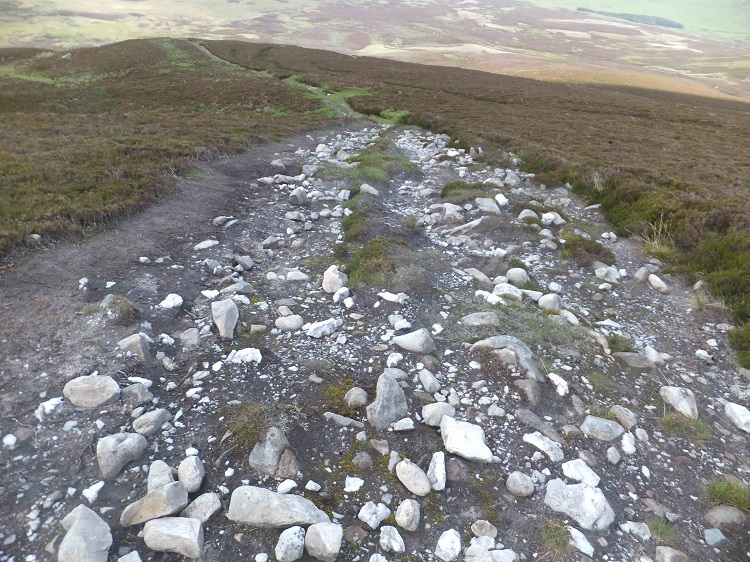
Organizzazione: Mountain Wilderness ha come scopo quello di unire alpinisti e amanti della montagna in tutto il mondo per proteggere gli ambienti montani e difendere le aree montuose.
Budget: € 50,000.
Totale richiesto: € 30,000.
Orizzonte temporale: 1 anno – 2019.
Obiettivi del progetto: Le strutture obsolete consistono in attrezzature artificiali dismesse ed abbandonate in zone montane naturali. Filo spinato, cavi, impianti di risalita inattivi sono una vera piaga per la natura selvaggia, l’ambiente e gli appassionati di outdoor in montagna. Fino a poco tempo fa non vi era alcun obbligo di rimuovere queste vecchie strutture anche se rappresentavano un grave pericolo per gli esseri umani (alcuni parapendisti sono stati recentemente uccisi dopo aver colpito dei cavi) e la fauna selvatica. Uccelli, tra cui avvoltoi, aquile e gufi vengono regolarmente uccisi o feriti da cavi ed altre strutture; addirittura, secondo un recente studio, tra il 2000 e il 2004 sono state ritrovate ben 835 carcasse. Soprattutto in inverno, quando il materiale è nascosto dalla neve, anche mammiferi ed anfibi vengono intrappolati, feriti o uccisi. Lo scopo di questo progetto è quindi quello di continuare il lavoro svolto da Mountain Wilderness, ovvero sensibilizzare al tema sia l’opinione pubblica che le autorità locali e gli appassionati di outdoor e svolgere 4 operazioni di smantellamento. Queste operazioni verranno intraprese nel Parco Nazionale del Mercantour, il Parco Nazionale della Vanoise, il Massiccio del Mont Cenis e quello del Cerces dove si trovano addirittura filo spinato ed altri resti di scarto della seconda guerra mondiale. In totale si prevede il coinvolgimento di 100 persone per la rimozione di 9 tonnellate di metallo su una superficie di oltre 260 ettari.[/toggle]
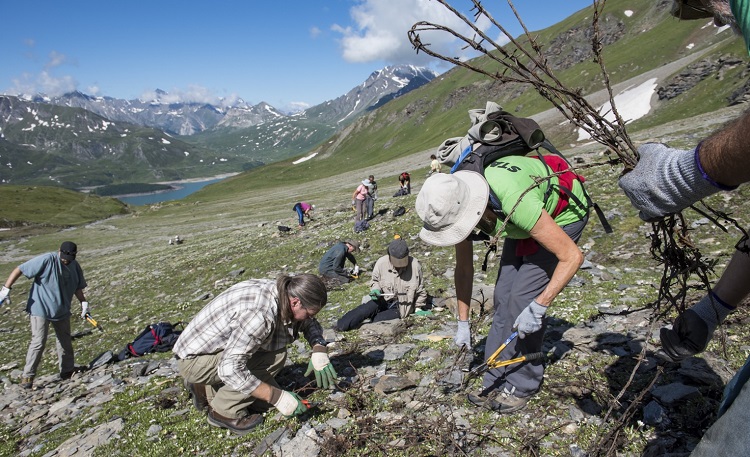
Organizzazione: L’Autorità del Parco Nazionale di Snowdonia si fonda su 2 scopi statutari: conservare e valorizzare la bellezza naturale, la fauna ed il patrimonio culturale dell’area e promuovere opportunità di valorizzazione e godimento delle qualità della zona da parte del pubblico, promuovendo sia l’economia che il benessere sociale delle comunità locali.
Budget: € 140,000.
Totale richiesto: € 30,000.
Orizzonte temporale: entro 5 anni.
Obiettivi del progetto: I finanziamenti EOCA sono ricercati principalmente per una delle priorità di riparazione più urgenti su Cader Idris (Regno Unito): il percorso sotto Mynydd Moel. Questo ripido tratto viene solitamente percorso in quanto parte discendente di una passeggiata circolare e, il costante aumento dei passaggi – circa 30.000 camminatori all’anno – ha provocato una larga cicatrice di ghiaione instabile per un tratto di 600 metri. Questa zona insicura sta quindi peggiorando molto rapidamente portando gli escursionisti a ricercare vie alternative nei pressi di sezioni limitrofe anch’esse fortemente danneggiate e pericolose. L’intervento è quindi urgente per ridurre l’erosione del percorso, ristabilire la crescita della vegetazione, ripristinare l’aspetto della montagna e creare una via più sicura e piacevole per i camminatori. L’habitat circostante della brughiera è inoltre dominato da arbusti nani ericacei (come l’erica e il mirtillo) ed ospita uccelli che nidificano proprio sul terreno minacciato dall’erosione.
Grazie ai fondi EOCA, approssimativamente 750 tonnellate di granito di provenienza locale verranno trasportate sul sito (per via aerea) ed utilizzate per creare un percorso a forte pendenza che si fonda sensibilmente con il paesaggio e fornisca agli escursionisti una superficie sostenibile oltre che una chiara “linea” di cammino. Questo lavoro verrà inoltre completato da un intervento di architettura paesaggistica. Il finanziamento sarà quindi destinato alla riparazione di una sezione di 150 metri del percorso Moelfryn e una piccola sezione del percorso di Minfordd, porzioni rimaste incomplete durante i precedenti lavori.[/toggle]
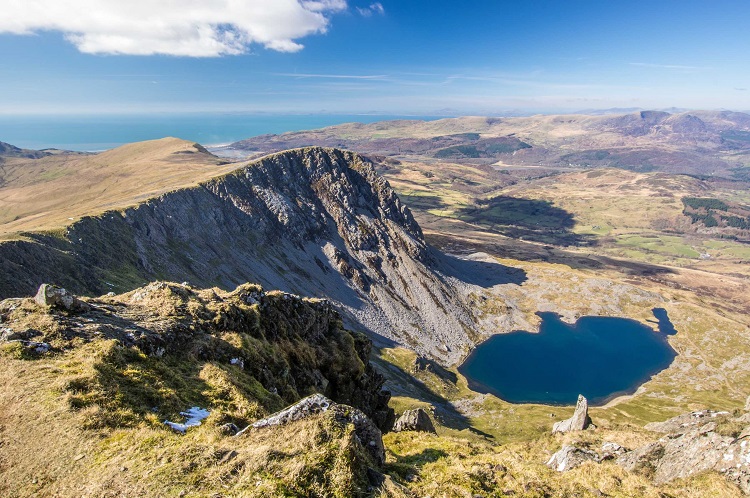
Organizzazione: Moors for the Future collabora con il Parco nazionale Peak District, la cui visione è la seguente “Peak District: dove bellezza, vitalità e scoperta si incontrano nel cuore della nazione”. L’organizzazione è quindi finalizzata alla creazione di un contesto ambientale accogliente, ma allo stesso tempo stimolante per le vivaci comunità locali e per un’economia intraprendente e sostenibile.
Budget: € 83,826.
Totale richiesto: € 30,000.
Orizzonte temporale: 12 mesi (inizio previsto dopo la stagione riproduttiva degli uccelli / luglio 2019).
Obiettivi del progetto: Il percorso di Cut Gate, nel Peak District National Park (England), attraversa un’area il cui habitat di torbiera – di straordinaria bellezza – è particolarmente importante a livello internazionale. Per questo motivo, la via è molto popolare tra gli escursionisti, ciclisti e cavalieri che hanno addirittura sostenuto una campagna per proteggerne la conservazione. Il fragile strato di torba su cui il Cut Gate poggia ha infatti subito un importante fenomeno di erosione. Il conseguente ampliamento del percorso sta mettendo sotto pressione la vegetazione paludosa ed il corrispondente habitat circostante. Lo scopo del progetto è quindi quello di riparare le tre sezioni della famosa brughiera montana che, a causa della continua erosione, sono soggette a frequenti inondazioni. La superficie dell’acqua ha infatti portato gli utenti a percorrere una strada più ampia che a sua volta danneggia l’habitat attorno alla palude, la vegetazione e la stessa torba. Il percorso verrà quindi riparato (attraverso l’utilizzo di pietre locali) per incoraggiare gli utenti a seguire il percorso ufficiale, prevenire ulteriori danni all’habitat e la possibilità di godimento dello stesso tratto.[/toggle]
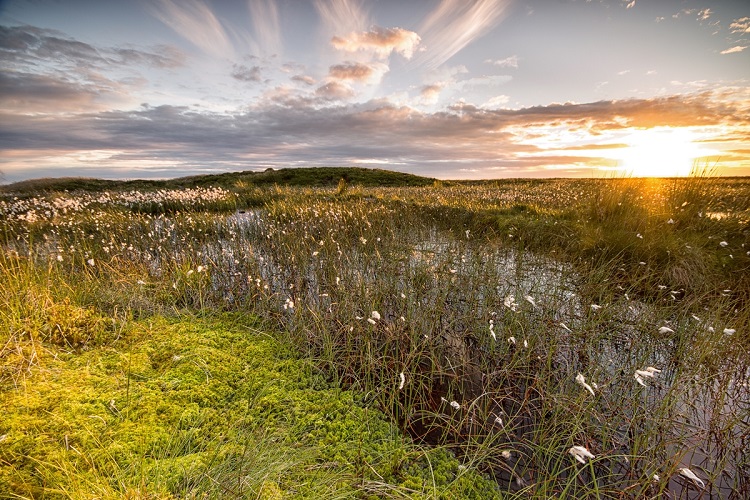
———————————————————————————————————————————————————————-
ENG VERSION:
As a media partner of the European Outdoor Conservation Association EOCA, we are very excited to be hosting again the autumn EOCA vote for conservation! This will give our readers the chance to help choose which valuable conservation projects EOCA funds this year.
EOCA is a conservation charity which has over 139 member companies that pay an annual membership fee which is spent on conservation work around the world.
During July, EOCA was open for applications for funding from organisations looking to implement valuable conservation projects around the world. They received a staggering 85 applications and have spent their summer reading through all of these applications, assessing them against the EOCA strict guidelines and have produced a shortlist of the projects which best meet the criteria.
Now these projects need your help! Between 00.01 (GMT / CET+1) on 8th October to 12.00 noon (GMT/CET+1) on 22nd October, MountainBlog gives the possibility to read the details of the shortlisted 4 projects. Please, take a minute to read though them, choose your favourite and click to vote for it – it is that simple! The project with the most votes will get funding to carry out their work so your vote really can make a difference.
What are you waiting for: help the environment and vote now!
Please select one project from the list below. Once you have chosen, please agree to the terms and conditions at the bottom of the page, and click Cast Your Vote!
[toggle title_open=”Project 31: Mending Paths and Protecting Arctic-Alpine Habitat on Carn Liath, Scotland.” title_closed=”Project 31: Mending Paths and Protecting Arctic-Alpine Habitat on Carn Liath, Scotland.” hide=”yes” border=”yes” style=”default” excerpt_length=”0″ read_more_text=”Read More” read_less_text=”Read Less” include_excerpt_html=”no”]Nominated by: Montane.
Organisation: Outdoor Access Trust for Scotland conserves and protects natural heritage and environment by encouraging, developing and implementing access management projects.
Project Budget: € 286,434.
Amount Requested: € 30,000.
Timescale: 16 months.
Project Objectives: Beinn a’Ghlo in the Cairngorms has an arctic-alpine mountain environment with tundra like characteristics and long-lasting snow patches. These characteristics combined with the steep hillsides, friable soil and fragile vegetation cover makes this upland area particularly susceptible to erosion from even a relatively small number of users. Beinn a’Ghlo has been designated as a Site of Specific Scientific Interest, recognising the importance of the area for conservation and wildlife. As well as the species-rich Nardus grasslands, Petrifying Springs, Alpine and Boreal heaths and European dry heaths to be found, it is also home to several species of upland ground nesting birds, five of which are endangered, including the Curlew, whose breeding population in the UK has declined by 62% in recent years. The increase in the popularity of hillwalking has led to informal paths developing, causing the destruction of wildlife habitats, particularly in upland areas. Carn Liath on Beinn a’Ghlo is a priority due to the extent of existing and potential for more, significant damage and requires a major path repair with light-touch techniques in some of the lower sections and a fully built path higher up the hillside, combatting erosion and encouraging re-vegetation.[/toggle] [toggle title_open=”Project 35: Obsolete Facilities.” title_closed=”Project 35: Obsolete Facilities.” hide=”yes” border=”yes” style=”default” excerpt_length=”0″ read_more_text=”Read More” read_less_text=”Read Less” include_excerpt_html=”no”]
Nominated by: Marmot.
Organisation: Mountain Wilderness has as its purpose, to unite mountaineers and mountain lovers throughout the world to protect mountain environments and to defend mountain wilderness areas.
Project Budget: €50,000.
Amount Requested: €30,000.
Timescale: 1 year – 2019.
Project Objectives: Obsolete facilities are disused artificial equipment abandoned in natural mountain areas. These lengths of barbed wire, abandoned ski lifts or various cables are a real plague for wilderness, environment and outdoor enthusiasts in mountains. Until recently, there was no obligation to remove these old structures, even though they represented a great danger to humans and wildlife. Paragliders have recently been killed after hitting cables. Birds, including vultures, eagles and owls are regularly killed or injured by cables and other facilities – 835 carcasses were found between 2000 and 2004 in one study. Mammals, and amphibians are also trapped in these items and either injured or killed, particularly in winter when the structures are hidden by snow. This project, will continue the work of Mountain Wilderness, to raise awareness of the issue with local authorities, outdoor enthusiasts and online, and carry out 4 dismantling operations in Mercantour National Park, Vanoise National Park, Mont Cenis Massif and Cerces Massif, where barbed wires and other scrap remains from WW2. In total, it is anticipated that over 100 people will be involved in clearing over 260 ha of 9 tonnes of metal.[/toggle] [toggle title_open=”Project 45: Fixing eroded paths and restoring vegetation on Cader Idris, Wales.” title_closed=”Project 45: Fixing eroded paths and restoring vegetation on Cader Idris, Wales.” hide=”yes” border=”yes” style=”default” excerpt_length=”0″ read_more_text=”Read More” read_less_text=”Read Less” include_excerpt_html=”no”]
Nominated by: Snugpak.
Organisation: Snowdonia National Park Authority has 2 statutory purposes – to conserve and enhance the natural beauty, wildlife and cultural heritage of the area, and to promote opportunities for the understanding and enjoyment of the special qualities of the area by the public while always fostering the economic and social well-being of local communities.
Project Budget: €140,000.
Amount Requested: €30,000.
Timescale: Up to 5 years.
Project Objectives: EOCA funding is sought primarily for one of the most pressing repair priorities on Cader Idris: the path below Mynydd Moel. This steep route is usually walked as the descending part of a circular walk and repeated footfall – around 30,000 walkers a year – has caused a wide, 600 metre-long scar of unstable scree, which is exponentially worsening as walkers seek safe ways around the most heavily damaged sections. Intervention is urgently needed to: reduce erosion on the route, re-establish vegetation growth, restore the appearance of the mountain; and create a more secure and enjoyable path for walkers. The surrounding dry heath habitat is dominated by ericaceous dwarf shrubs such as heather and bilberry and home to ground-nesting birds and is threatened by the erosion. Approximately 750 tonnes of locally-sourced granite will be airlifted to the site and used to create a hard-wearing pitched path which blends sensitively into the landscape and provides walkers with a sustainable surface and clear ‘line’ to walk. This will be complemented by landscaping work. Funding is also sought to repair a 150 metre section of the Moelfryn path and a small section of the Minfordd Path, both uncompleted sections from previous work.[/toggle] [toggle title_open=”Project 52: Repairing Paths and Protecting Peat Bog on Cut Gate, Peak District, UK” title_closed=”Project 52: Repairing Paths and Protecting Peat Bog on Cut Gate, Peak District, UK” hide=”yes” border=”yes” style=”default” excerpt_length=”0″ read_more_text=”Read More” read_less_text=”Read Less” include_excerpt_html=”no”]
Nominated by: Pro Agencies.
Organisation: Moors for the Future Partnership is part of the Peak District National Park Authority, whose vision is ‘The Peak District: where beauty, vitality and discovery meet at the heart of the nation”. It supports a diverse working and cherished landscape, a welcoming and inspiring place, thriving and vibrant communities and an enterprising and sustainable economy.
Project Budget: 83,826.
Amount Requested: 30,000.
Timescale: 12 months (starting after bird breeding season in July 2019) .
Project Objectives: The Cut Gate bridleway runs through an area of internationally important and stunningly beautiful blanket bog habitat in the Peak District National Park. The bridleway is popular with walkers, mountain-bikers and horse riders who have championed a campaign to protect Cut Gate. The fragile peat layer has suffered from erosion and the widening of the route, which is putting pressure on the surrounding habitat of blanket bog vegetation. The project will repair three sections of the popular upland bridleway which have become highly eroded and prone to flooding. The water logged surface results in users taking a wider route, further damaging the surrounding blanket bog habitat, vegetation and peat. The bridleway will be sensitively repaired using local stone encouraging users to follow the path preventing further damage to the surrounding habitat while preserving the character of the surrounding landscape and the enjoyment of the route.[/toggle]

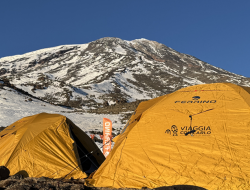
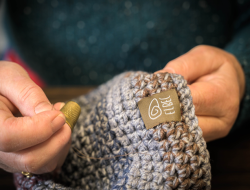


 Experience
Experience